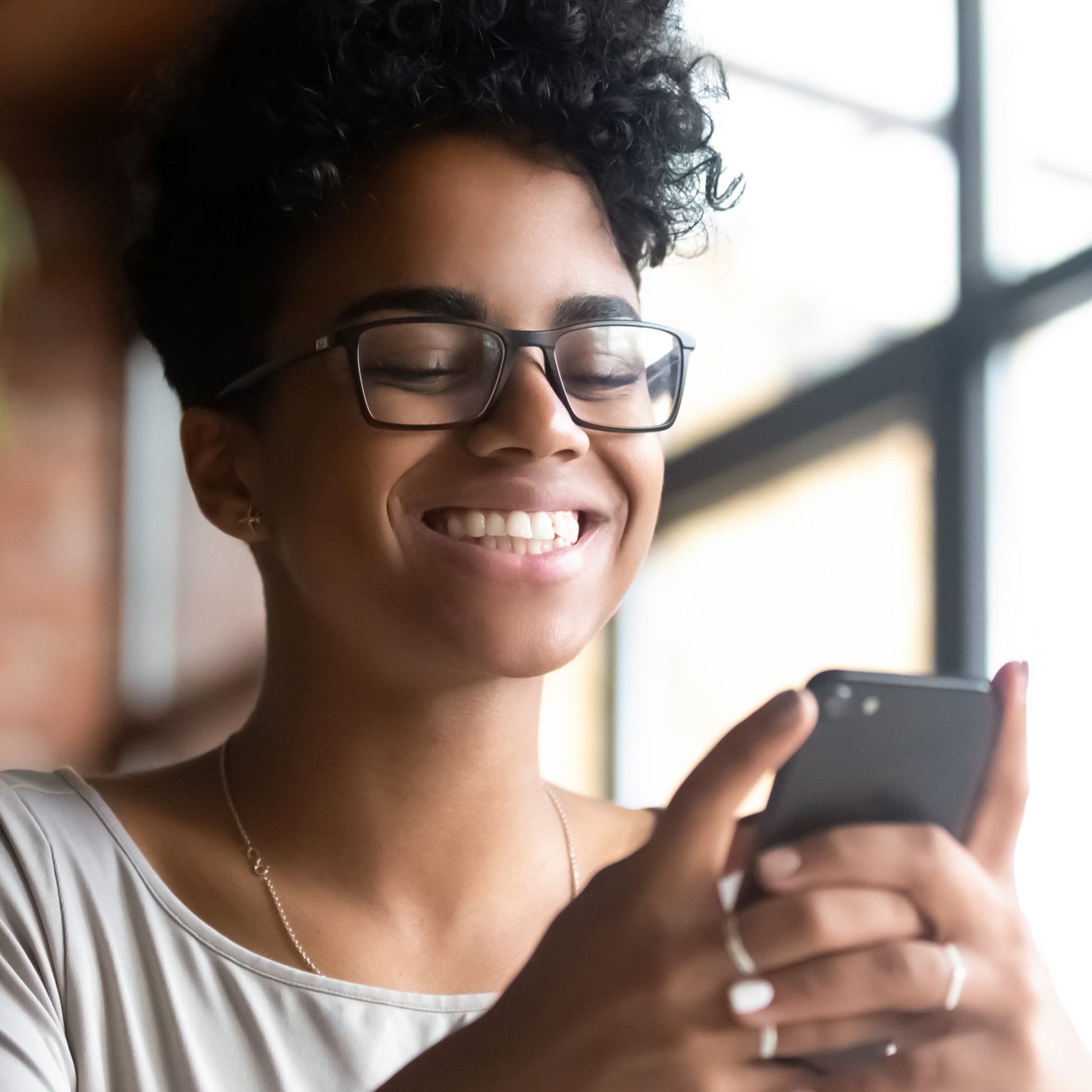We are awash in technophobia. Social technologies are currently taking the blame for a range of sins, from undermining democracy to destroying personal relationships. Can social media be problematic? Absolutely. But here’s the bottom line. It’s not going away. The solution isn’t to run for the hills. It’s for each one of us to get smart about what technology can and can’t do and figure out how to use it well

While we worry a lot about the negative content on social media, we often forget that looking at positive images (aesthetically pleasing, inspirational or downright funny) can also create positive emotions that trigger your neuro reward system and increases what Fredrickson (2005) calls your “thought-action repertoire” — positive emotions makes you more open to new ideas and increase your creativity. Thus, a quick scroll through positive images can be a good break when you’re stuck on a project.
We are awash in technophobia. Social technologies are currently taking the blame for a range of sins, from undermining democracy to destroying personal relationships. Can social media be problematic? Absolutely. But here’s the bottom line. It’s not going away. The solution isn’t to run for the hills. It’s for each one of us to get smart about what technology can and can’t do and figure out how to use it well.
Reviewing your own photos and focusing on the good stuff from the past and even sharing those good feelings with others can enable you to savor those moments, amplifying the positive emotions in the experience. Images, in particular, can trigger sensory and emotional responses not just cognitive pathways, so you really can re-experience an event.
Social media also allows you to feel connected to the people who matter, whether it’s by text, WhatsApp, Facebook or Instagram. Intimacy (i.e. closeness, not sex) is a function of feeling connected and sharing moments with others. Social media can provide the ‘glue’ between F2F opportunities. In some cases, where geography is an issue, it keeps distance relationships closer by increasing the sense of presence and enabling a smoother reconnection when people meet in person.
Social media can let you connect with others who share your interests or challenges. It can normalize life’s difficulties (loss, illness, hardships) and give you ideas of how to cope. Sharing goals can provide motivation (behavior change goals like weight loss, fitness, quitting smoking, etc.) and gives you a way to seek support at any time. Even when it’s not synchronous, you have the sense of your friends’ presence and it feels like you’re talking to them.
Social media is also empowering. You can learn how to change a faucet, stop a leak, cook a roast, install cycle cleats, design a room, give a child’s birthday party, change the oil in your car, plant tulips and literally thousands of other activities where you can even watch someone demonstrate the process on video. And you can repeat it as many times as you need. YouTube videos are an incredible boon to those of us who are visual learners. Thanks to YouTube, I just changed the motherboard on my automatic cat box so it had WIFI and would notify my iPhone when the box jams. This may not seem like a big deal to you, but it was to my cat. Consider how difficult this type of information would have been to get before, how many sources you would have to explore—and you still might not have had a visual demonstration.
Social comparison even gets a bad rap. Social comparison, first, goes in all directions (up, down and sideways.) It can make us feel better about our own situation (downward—“And I thought I had it bad”), sideways (normalizing behavior “I thought I was the only one nerding out”) or upward. In spite of common perspectives, even upward perception can be good if you’re using it to learn how to change things you can control, not things that are beyond your control I can be inspired by Serena Williams commitment to hard work and learn from that. If, however, I compare my height or amazing athleticism to hers—there’s not really anything I can do to match her stature or her talent and that comparison can make me feel lacking. This feeling, however, is entirely within my control through my choice of cognitive framing of the object of my comparison. Ultimately, if I can’t seem to get past the height thing (or whatever), the “off” button is entirely in my control.
Social media has lots of positives. My advice to all social media users is straight from the media literacy books. Become a smart user. Don’t ever forget that the choice is yours.
1) learn about each app and platform’s settings so you are aware of what you are giving away (i.e. data and privacy) for the “free” service you want to use.
2) be aware of your choices (mindful, if you will) and the results of your use on your emotions, your relationships and your life.
3) If your use is positive, do it and quit worrying about it. If it is negative, make a change.
4) Remember that you have many tools to restore your balance and equanimity: stop following, unlink, unfriend, set limits. You have the power.
A final word: There is an overuse of the word “addiction” in relation to social media and Internet use. There is a big difference between overuse and addiction. Addiction is a clinical term with very specific diagnostic criteria. If, however, you feel unable to establish boundaries and your use of anything, from social media to online gambling, is negatively impacting your life, please seek qualified, professional help for an appropriate diagnosis.
Fredrickson, B. L. (2004). The Broaden-and-Build Theory of Positive Emotions. Phil. Trans. Royal Society London, 359, 1367-1377.
Fredrickson, B. L. (2005). Positive Emotions Broaden the Scope of Attention and Thought-Action Repertoires. Cognition and Emotion, 19(3), 313-332.
Photo source: Shutterstock

 Dr. Pamela Rutledge is available to reporters for comments on the psychological and social impact of media and technology on individuals, society, organizations and brands.
Dr. Pamela Rutledge is available to reporters for comments on the psychological and social impact of media and technology on individuals, society, organizations and brands.